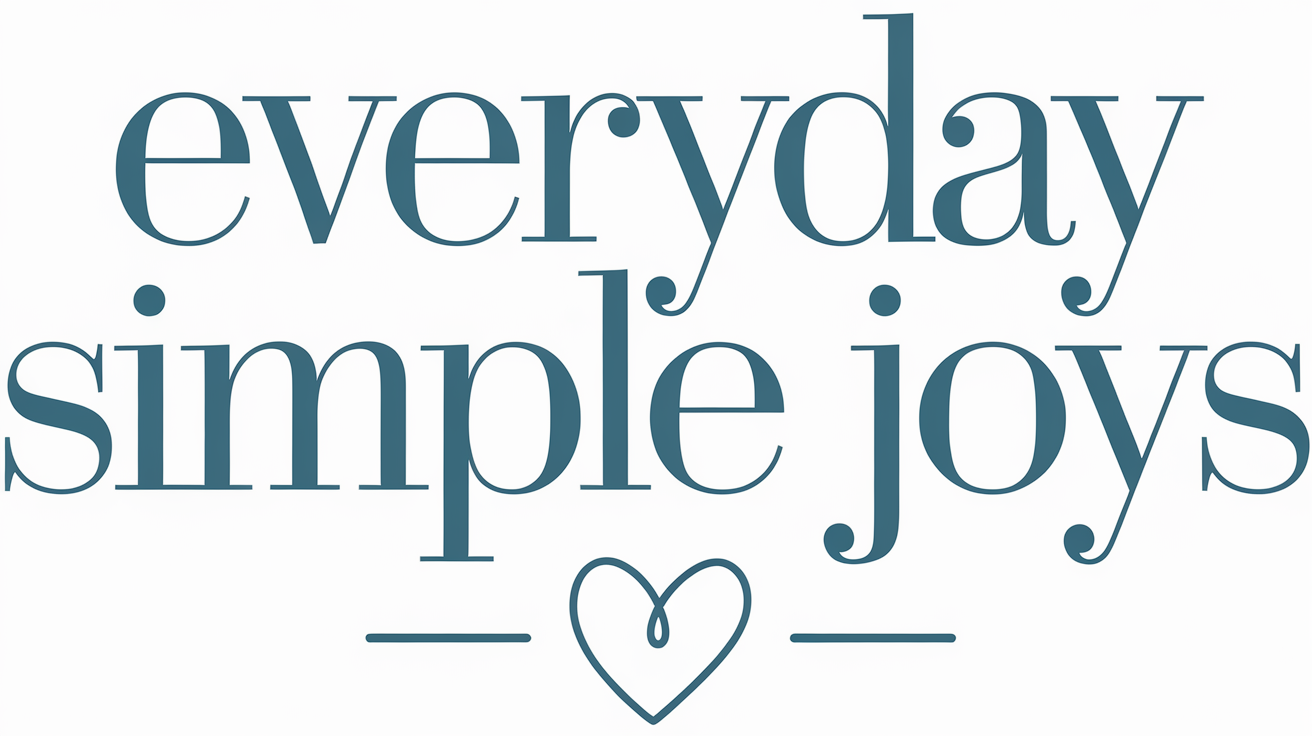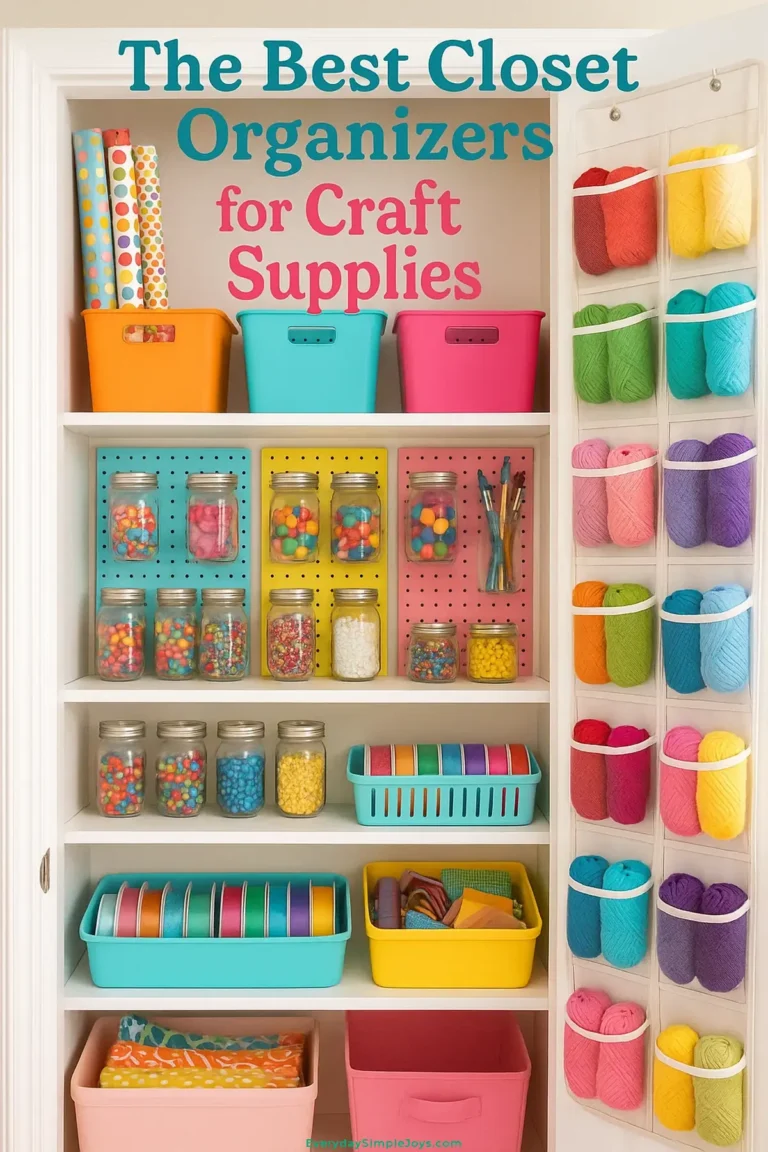Like a garden overflowing with wildflowers, your fabric scrap collection can either be a beautiful display of potential or a chaotic mess that overwhelms your creative space. You’ve spent years building your textile treasury, but now it’s time to transform those precious pieces into an organized system that works for you. Regardless of if you’re a quilter, crafter, or sewist, an effective storage solution won’t just declutter your space, it will revolutionize the way you create and inspire your next masterpiece.
Highlights
Sort fabric scraps by color, size, and material type into clear, stackable containers with adjustable dividers for easy identification.
Create a dedicated storage area near your workspace with vertical shelving and well-organized bins at eye level.
Maintain two quality categories (A and B) for scraps, trimming irregular pieces into manageable squares or rectangles.
Use a simple labeling system and keep frequently used materials accessible in compartmentalized storage units.
Schedule regular maintenance sessions to sort new scraps, review inventory, and discard unusable pieces while preventing clutter buildup.
Assessing Your Fabric Scrap Collection
A well-organized fabric stash starts with a thorough assessment of your collection.
Begin by examining each scrap’s fiber composition (regardless of whether it’s cotton, polyester, or a blend), as this will determine its potential uses. Sort your pieces by production method, separating woven fabrics from knits, and evaluate their condition for damage or stains.
Next, measure and categorize your scraps by size and shape, which will help you maximize storage efficiency and quickly locate pieces for future projects.
Create quality categories (A and B) based on the fabric’s condition and reuse potential. As you sort, don’t forget to identify scraps that are too damaged to save; it’s okay to discard pieces that won’t serve a purpose.
This initial assessment will form the foundation of your storage system’s organization.
Choosing the Right Storage Containers
Once you’ve assessed and sorted your fabric scraps, selecting the right storage containers will make or break your organization system. The key is finding containers that combine functionality with easy access while maximizing your available space.
- Choose clear or translucent containers whenever possible, as you’ll save time identifying contents and stay motivated to maintain organization when you can see your beautiful fabric collection.
- Consider stackable, rectangular bins that will help you utilize vertical space efficiently while keeping your scraps protected from dust and damage.
- Look for containers with adjustable dividers or compartments to separate different-sized scraps, particularly for sorting fat quarters from smaller pieces.
- Don’t overlook fabric bins. They’re not just eco-friendly, they’re also customizable with labels or color coding, making your storage system both practical and visually appealing.
Sorting and Categorizing Methods
Three fundamental approaches to sorting fabric scraps will help you create an organized and efficient storage system: by color, type, or size.
You’ll find that organizing by color works best when you group warm tones, cool tones, and neutrals together, while multi-colored pieces can form their own category.
If you’re sorting by type, divide your collection into chunks, squares, strips, and strings, making it easy to locate the perfect piece for your next project.
Size-based organization guarantees you’ll never lose those valuable smaller pieces among larger scraps. Keep pieces larger than 2 inches, and trim irregular shapes into manageable squares or rectangles.
Whatever method you choose, stick to a simple system that you can maintain consistently, and don’t hesitate to adjust it as your collection grows or changes.
Creating a Dedicated Storage Space
With your sorting system in place, setting up a dedicated storage space becomes your next key step. Choose a well-lit area near your main crafting workspace that offers protection from moisture and heat to preserve your fabric’s quality.
You’ll want to maximize vertical space while maintaining easy access to your materials.
- Transform unused corners or closets into your fabric hub by installing clear, stackable storage containers that let you instantly spot what you need.
- Mount wall shelves and pegboards to keep materials off your work surface while creating visual organization.
- Select storage units with compartments or drawers that you can easily label by fabric type, color, or size.
- Position frequently used materials at eye level and avoid overfilling containers to maintain smooth access to your collection.
Pre-Cutting Strategies for Easy Access
Smart pre-cutting strategies can transform your fabric scrap management while saving valuable crafting time.
Start by maximizing your fabric use through strategic large cuts, then work your way down to smaller pieces. You’ll want to standardize your cuts into common sizes like 2 1/2″ squares or uniform strips for quick project access.
To maintain quality and prevent distortion, always cut along the straight grain and guarantee your edges are perfectly square.
Stack similar fabrics to cut multiple pieces simultaneously, and don’t forget to use your rotary cutter with a clear ruler for precision. For delicate fabrics, apply a fray-checker to preserve your cuts.
Focus on shapes you frequently use in your projects, such as triangles or hexagons, to build a versatile collection of ready-to-use pieces.
Implementing a Color-Coding System
Once you’ve pre-cut your fabric scraps, organizing them by color creates a visually appealing and efficient storage system. By implementing color-coding, you’ll transform your creative space into an inspiration hub while maximizing accessibility for future projects.
- Sort your scraps into warm and cool color groups for smaller collections, or individual colors for larger ones.
- Don’t forget to create a separate category for multicolored pieces.
- Set up clear plastic containers near your work area, each designated for specific color groups.
- You’ll want to label them with both color names and visual swatches.
- Maintain consistent folding sizes within each container (try 6×9 inches for uniformity).
- Review and adjust your color categories regularly as your collection grows.
- You can combine this system with texture or fabric-type sorting for more detailed organization.
Maintaining Your Storage Organization
Maintaining an organized fabric scrap storage system requires consistent effort and smart habits. Set aside regular sorting sessions and develop a routine of processing scraps immediately after completing projects. You’ll keep your system manageable by categorizing pieces by size and type while they’re fresh.
Keep your workspace efficient by placing a dedicated scrap bin near your sewing machine for temporary storage. Label containers clearly and store frequently used sizes within easy reach. You’ll want to check storage containers periodically for wear and replace them as needed to protect your fabric investment.
Make it a point to review your inventory monthly, discarding unusable pieces and donating excess to community groups. Clean storage areas regularly to prevent dust buildup, and guarantee everyone using the space understands and follows your organizational system.
Making Project-Ready Scrap Bundles
Transforming your fabric scraps into project-ready bundles simplifies future crafting while maximizing your storage space.
You’ll find that organizing scraps by project type and size creates an efficient system that sparks creativity and reduces waste.
- Cut your scraps into standard precut sizes like charm squares or strips, making them instantly usable for future projects and easier to store.
- Create themed bundles based on colors, patterns, or fabric types to streamline your project planning and selection process.
- Sort materials by weight and texture to guarantee you’ve got the right fabric combinations ready for specific crafting needs.
- Consider making mystery scrap bags from your excess materials. They’ll inspire unexpected creative combinations and keep your collection fresh.
Mix in eco-friendly and organic fabrics when possible, and don’t forget to include unique hand-printed pieces for special projects.
Summary
By organizing your fabric scraps systematically, you’ll reduce waste and save money while keeping your creative space functional. According to a textile industry report, crafters who implement organized storage systems use up to 40% more of their fabric scraps in projects compared to those with disorganized collections. When you maintain regular sorting sessions and stick to your categorization system, you’ll always have the perfect scrap at your fingertips.

